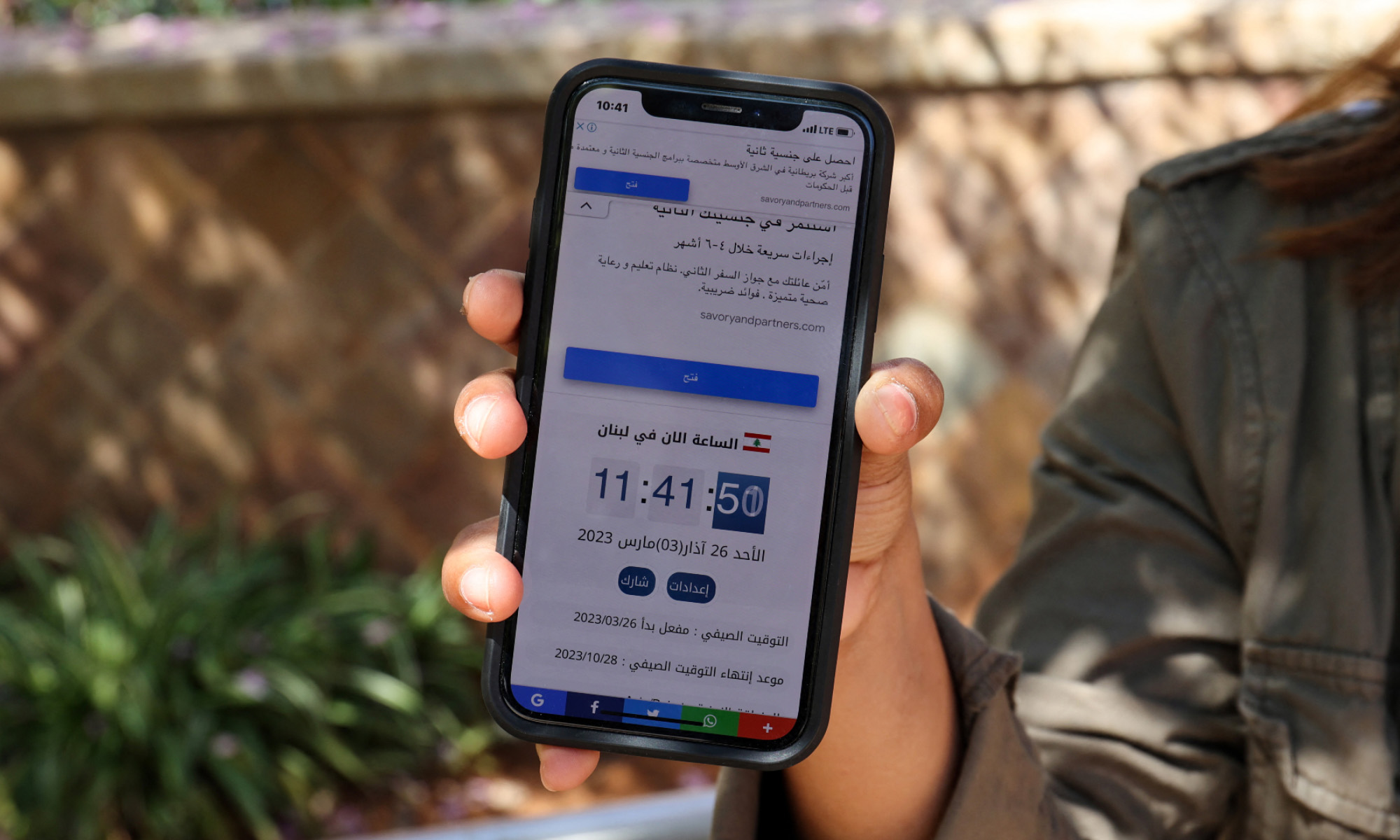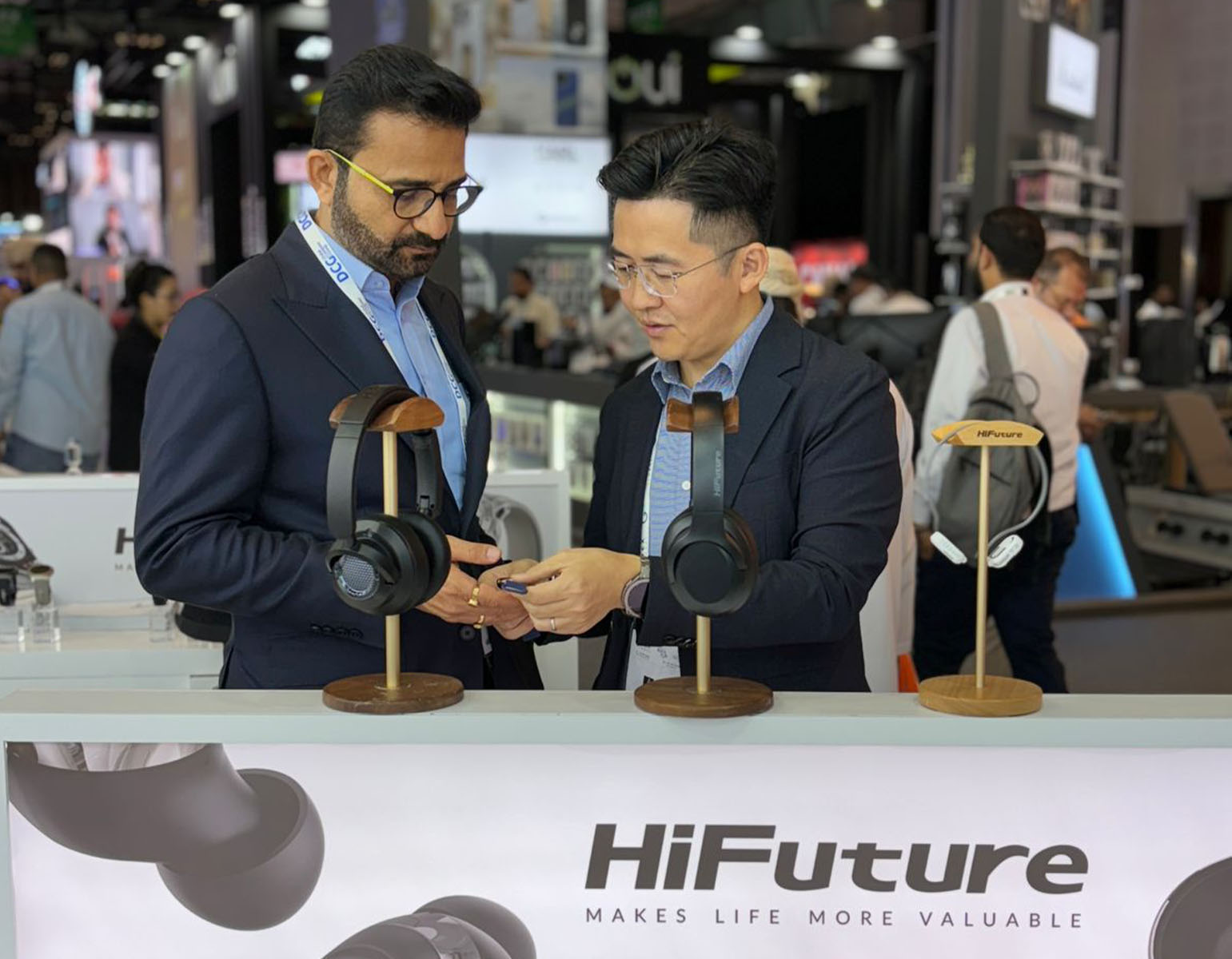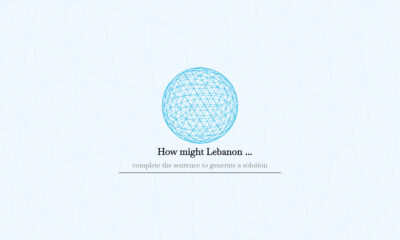News
Lebanon Postpones Daylight Saving Time Shift By 1 Month
The decision has left Lebanon waking up in two different time zones this morning.

In a last-minute decision, Lebanon’s government announced that the shift away from daylight saving time would be postponed by a month, extending DST until the end of Ramadan. As a result, while most Northern Hemisphere countries automatically advanced their times by an hour yesterday, the people of Lebanon were left confused about the exact time they should set their alarms on Sunday morning.
In an alleged video leak shown by news outlet Megaphone, Lebanon’s prime minister, Najib Mikati, and parliament speaker Nabih Berri discussed the postponement, with Berri insisting on delaying the switch away from DST.
Most digital devices with network access, such as smartphones and computers, switch in and out of daylight saving time automatically, so Lebanese citizens were asked to adjust their clocks back an hour manually.
Also Read: A Line-Up Of Over 100 Shows Comes To Snapchat This Ramadan
Although public institutions are forced to abide by the government’s decision, many private businesses ignored the request and continued to follow the existing schedule. The confusion has left Lebanon — a small country that can be transversed east to west in less than two hours — with two separate time zones.
The chaos has resulted in missed appointments, TV channels displaying different times, and even Google searches with the wrong timestamps.
News
HiFuture Wraps Up Successful GITEX GLOBAL 2024 Appearance
The electronics company wowed audiences at the world’s largest tech event with a range of wearable and smart audio devices.

This year’s GITEX GLOBAL 2024 in Dubai saw a huge number of startups, electronics firms, and innovators from around the globe gather for the tech sector’s largest event of its kind. One company making waves at this year’s expo was Chinese tech group HiFuture, which showcased a range of products with a focus on wearable technology and smart audio.
At the HiFuture booth, the company captivated attendees with cutting-edge smartwatches like the ACTIVE and AURORA, along with a range of powerful wireless speakers, earbuds, and even smart rings. Visitors were eager to check out the sleek new designs on offer and even had the chance to test out some of the products themselves.

Among the highlights were smartwatches combining dual-core processors with customizable options. The devices blended style and technology, offering health monitoring capabilities, personalized watch faces, and advanced AI-driven functionalities, giving attendees a taste of the future of wearable technology.
On the audio front, HiFuture’s wireless speakers left a lasting impression, offering rich, immersive sound in compact, portable designs. These speakers cater to both intimate gatherings and larger celebrations, offering versatility for users. Meanwhile, the company also showed off its Syntra AI technology, which it claims “revolutionizes health and fitness tracking by combining advanced optical sensors with intelligent algorithms for precise, real-time insights”.
Also Read: How (And Why) To Start A Tech Business In Dubai
The presence of HiFuture’s leadership team at GITEX 2024 underscored the importance of this event for the company, with CEO Levin Liu leading a team of executives, all keen to engage with attendees and offer insights into HiFuture’s vision, product development process, and future direction.
Overall, it seems that GITEX GLOBAL 2024 has been a rewarding experience for HiFuture. The enthusiasm and curiosity of attendees shown to the company’s diverse range of products was obvious, with the HiFuture team leaving on a high note and clearly excited and motivated by the event.




























